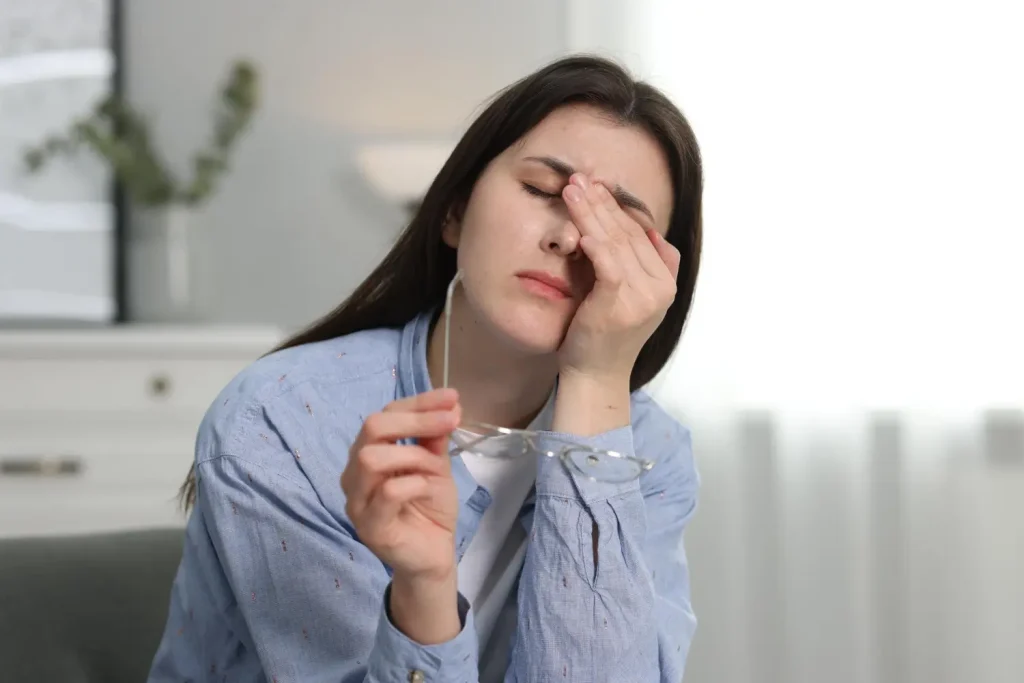A reality even the most diligent and observant health-care and spa professionals face, is drug storage problems on occasion. What normally causes that? A normal scenario: You read the package and place the medications which require refrigeration in the proper place, though your coworker did not. You know that specific box belongs in the refridgerator, although you need to place it on the counter for just a minute or 2 to help an upset customer, and after the interaction is done, there it stays. Another example: Everything is safe and secure within the fridge on each Friday night, but then the unexpected happens; a storm hits on a weekend and knocks out the power in the whole region, with nothing but a warm surprise to greet you on Monday morning. Things like this happen all too often, but at that moment, the question becomes, what to do now?
If you double-check the labels on your refrigerated drugs, the message is clear: you must keep them refrigerated. Medicines and medical devices list storage requirements on the package, but what do these numbers really mean? Although the temperature ranges imply your drug is unsafe if stored beyond these conditions, this may not always be the case.
What determines drug storage temperatures?
Drug storage temperatures on the packaging are placed there by the manufacturer. Similar to “best before” dates on food items, those are the storage temperatures the manufacturer feels comfortable endorsing. They have tested the drug at those temperatures, including safety and effectiveness, and found those to be appropriate storage conditions.
The problem is, in some cases, these storage ranges may be very narrow. Although the given temperatures reflect what the manufacturer is comfortable endorsing, their studies may have found the drugs are still safe and effective beyond these conditions. In some cases, the manufacturer may have only tested their products at certain temperatures, not even touching on a wide range of possible data.
When researchers have tried to get more information from manufacturers about what drugs are safe in the case of a refrigerator failure, they have had difficulty getting an answer—which suggests individual clinics would run into even more barriers when faced with the same situation. Some manufacturers cannot release temperature data for legal reasons; some are not willing to share the information; some had no more information to share; and some simply did not respond to the researchers’ requests. This raises the question: why would the manufacturers be unwilling to share temperature data? Some may not feel comfortable backing their product’s safety outside strict temperature conditions, some may be happy to make an extra sale or 2, and others may be using storage temperatures as an excuse for their customers to avoid online ordering. That data, too, is lacking.
How do suggested storage temperatures differ from reality?
When it comes to 2 popular eye drugs, Lucentis and Eylea, the packaging sets out clear storage conditions. Always store the vial in the refrigerator and avoid freezing, then only keep it at room temperature for up to 24 hours right before injection. This seems to indicate if your refrigerator fails over a weekend, or any time not immediately before treatment, you must dispose of hundreds of dollars’ worth of medication. That is a direct hit to your bottom line.
Despite these strict instructions for refrigeration, studies have suggested Lucentis and Eylea remain safe even if left at room temperature. In 1 study, researchers looked at all their leftover macular degeneration drug vials which were sitting in a storage room. Given the high price tag of these eye drugs, and a fungal outbreak from compounded Avastin, an off-label macular degeneration treatment, the researchers decided to see if their leftover drugs really were unsafe to use.
The Eylea and Lucentis vials in question had been left at room temperature up to 3 years. Once the researchers retrieved the vials from storage, they split them into 2 groups, incubating 1 group at room temperature for 3 weeks and another group at 37°C (98.6°F) for 4 days. When these incubation periods were finished, and the researchers examined the drugs for evidence of bacterial and fungal growth, they found none. Even after exposure to those decidedly unrefrigerated storage conditions, the eye drugs were clear of contamination.
Unfortunately, the study did not also examine the effectiveness of the drugs after storage at room temperature and beyond, but it did demonstrate their safety. The fungal outbreak happened when, to save money, doctors had sent the cancer drug Avastin out for compounding. This split the drug into smaller doses suitable for use in the eye, but since multiple doses came from the same batch, multiple patients were affected by fungal meningitis. In this effort to save money, unfortunately patient safety was compromised. The study authors suggest an alternative way to save money may have been to use the same Eylea or Lucentis vial to treat multiple patients. Official rules prohibit this, but 6% of health-care workers admit to doing it anyway. Vials often contain extra beyond the needed dose and this usually goes to waste. So, splitting the cost of 1 vial between 2 patients would not only reduce waste but also help both patients save money.
So, what do you do when the refrigerator quits?
When a drug is stored beyond its recommended temperature range, your immediate thought may be to dispose of it. However, that thought is often countered by wanting to reduce waste, save money, and make the drug available for your patient’s appointment, ensuring they get the treatment they need on time. It can be quite the dilemma for a clinic faced with a power outage, accidental storage at the wrong temperature, or package delivered in extreme weather conditions. Knowing additional information about drug storage tolerances could help make the decision to keep or toss that unrefrigerated vial. Ultimately, it is the health-care worker’s decision, but having expanded temperature data available could give them pause before tossing that expensive medication.
Medical Spa RX carries dermal fillers such as Radiesse, viscosupplements, eyelash enhancers, body-sculpting injectables, skincare products, and more for your clinic. Call or visit MedicalSpaRX.com today to learn more.



















